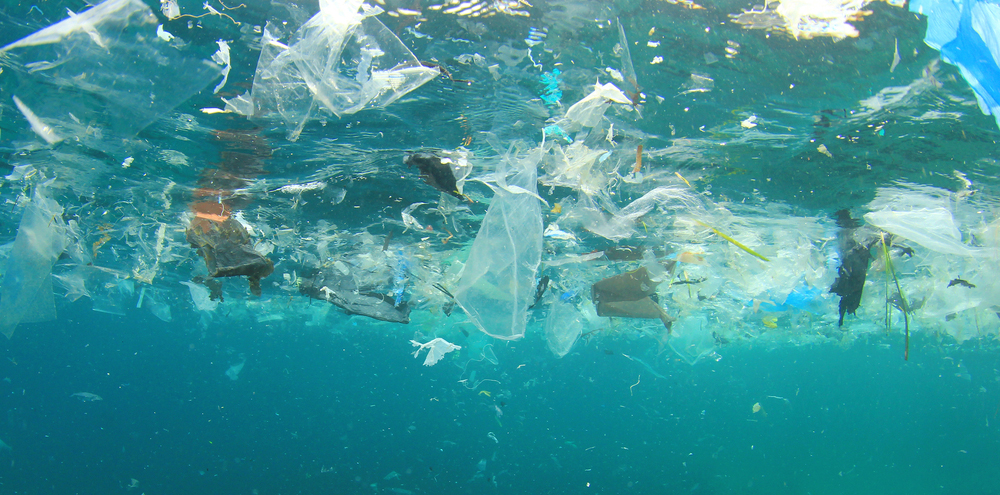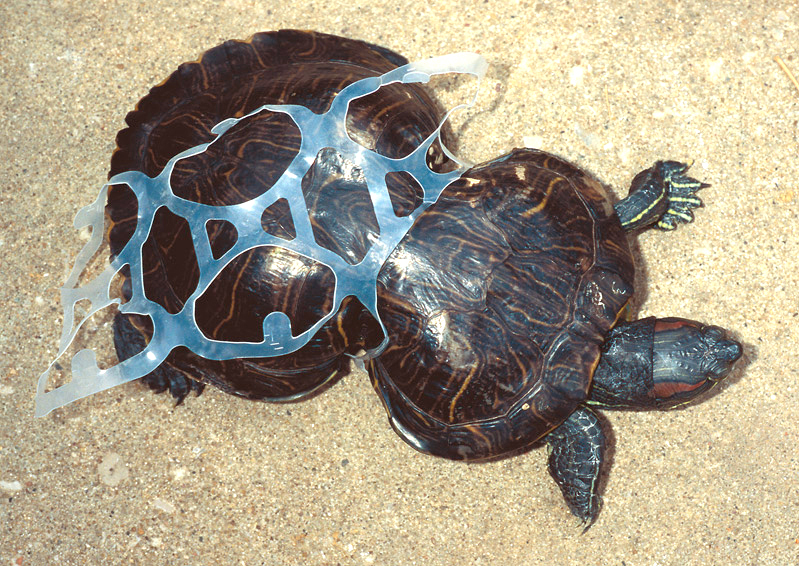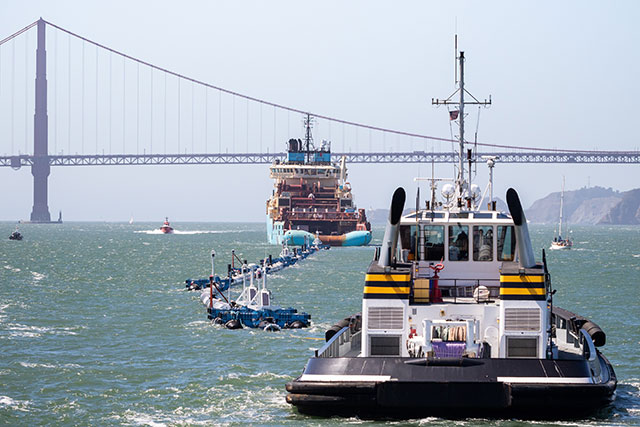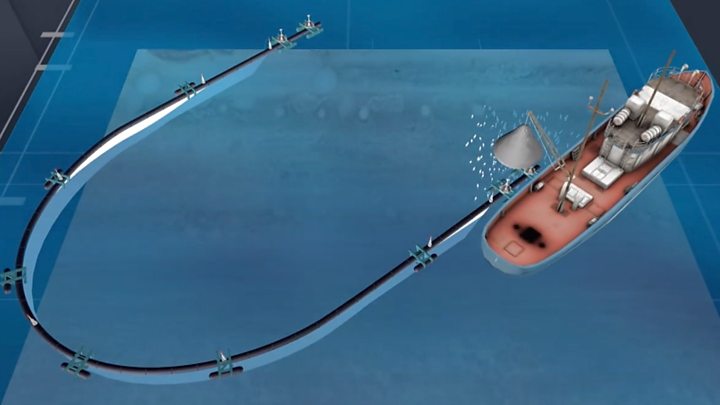The Great Pacific Garbage Patch doesn’t get very much press coverage so you may not have heard about it. Simply put; the trash we are continuously dumping into the world’s oceans is drifting along in the currents and finally accumulating in calm areas generating massive trash heaps just floating out there. See images below for some close up views of the situation.


The present size of the Great Pacific Garbage Patch is estimated at an area greater than that of the nation of Germany but it is only the largest of many the trash dumps that are growing near of the middle of every ocean. In fact the Atlantic and Pacific oceans both have two, one each in the northern and southern hemispheres. See image below.

Now the vast majority of the waste filling up the Great Pacific Garbage Patch is plastic simply because plastic floats quite nicely and because it is so inert that it can easily float in the ocean for decades, or even longer, slowly building up more and more trash. Seriously, the amount of plastic products that human beings just toss away in monumental. For example every day the human race simply tosses away about one and a half billion plastic straws and plastic bags, each! And it isn’t just straws and bags; plastic items from pill bottles to huge commercial fishing nets are a large part of the problem as well.
So isn’t it a good thing then that all of that rubbish is gathering by itself into empty regions of the oceans? Where we don’t have to worry about it.
Well of course the creatures of the oceans who live there have to worry, or rather simply die because of our refusal to clean up our own mess. The images below show just a few of the millions of animals who die every year by plastic. However the biggest problem is one you can’t easily see because as this layer of plastic floats on the ocean surface it prevents oxygen from getting into the water beneath, turning a large part of the ocean into a lifeless desert!


Still thinking that doesn’t bother you! Well how about this. While plastic is very inert chemically, as I said above it can float in the ocean for decades, that doesn’t mean that it can’t be mechanically broken down into smaller pieces. Research has shown that after 5, 10, 20 years in the ocean wave action can turn a plastic bag into thousands of plastic micro-particles just the right size to get mixed in with the algae that is the food for small fish like sardines and anchovies. Those small fish get the micro-particles into them and then they are eaten by bigger fish like salmon and tuna. The upshot of all this is that if you like seafood you probably already have some plastic micro-particles inside of you!
So what can we do about these mountains of plastic trash that are suffocating the oceans. Well a young inventor named Boyan Slat came up with an interesting idea about 7 years ago when he was just 17. Organizing a non-profit called ‘The Ocean Cleanup’ Slat succeeded in raising enough money to get his invention built. Slat’s invention was towed out of San Francisco back in September and deployed into the area of the Great Pacific Garbage Patch. See image below.

Basically the cleanup device consists of a 700-meter long barrier made of plastic tubes shaped like a big “U” see image below. The idea is for the barrier to float in the currents gathering the plastic trash into its mouth. Whenever the U becomes full a ship is dispatched to remove the rubbish so that it can be disposed of properly.

Even if the invention worked perfectly it still wasn’t the total solution. While Slat maintained that sealife would be able to swim under the barrier to escape ocean biologists feel that many of the smallest creatures, like the algae I mentioned above, will be killed. Also it would take thousands of such barriers to have any real impact, along with the ships needed to empty them and all that will cost a lot!
And of course the prototype is having some problems, I know from experience that prototypes usually do. For one thing the U simply isn’t gathering up as much trash as was hoped, Slat feels that the barrier isn’t moving fast enough through the water to keep the plastic inside the U. He is already working on improvements to increase the speed. Then just this past week a 20-meter long section of the barrier broke off requiring major repair. Which may actually allow time for some of the upgrades to be installed!
So Slat’s barrier has some way to go before it can really show what it can do. I wish him good luck and hope his invention will prove to be a part of the solution to this growing problem.
Still Slat’s barrier is only treating the symptoms of our disposable society’s love affair with plastic! We need a more fundamental approach to just using less plastic along with reusing more of what we do produce!
So how about this. The next time you’re at a restaurant and you order a soda tell the waitress you don’t need a straw, oh and get yourself a nice cloth bag and take it with you the next time you go shopping for groceries!
